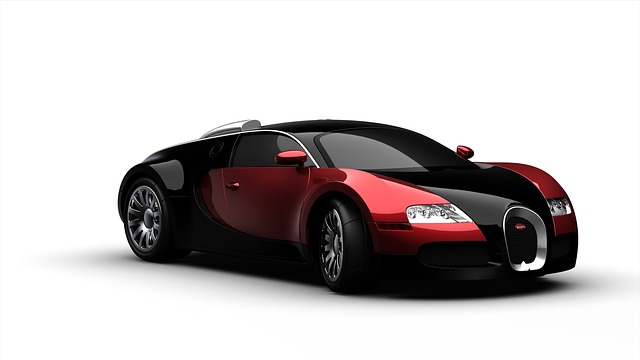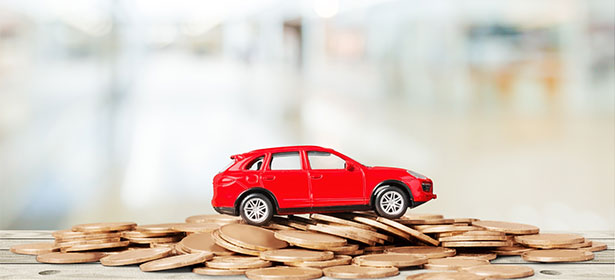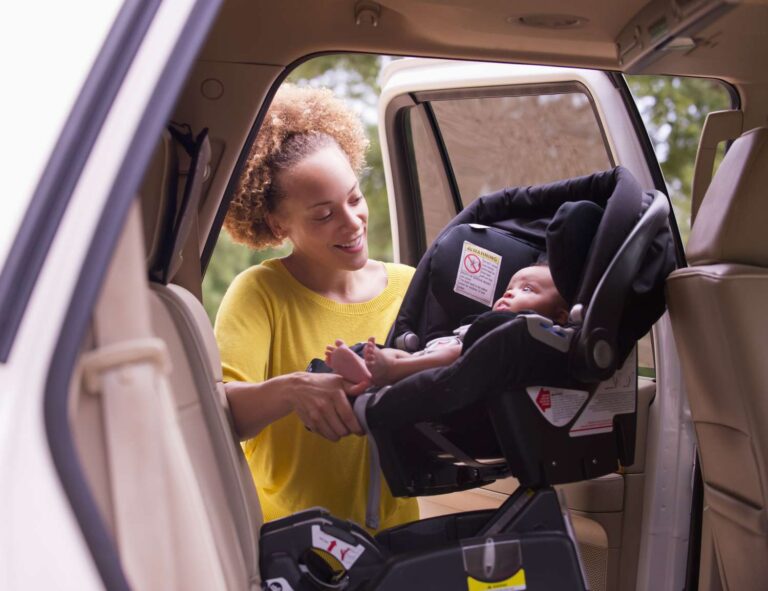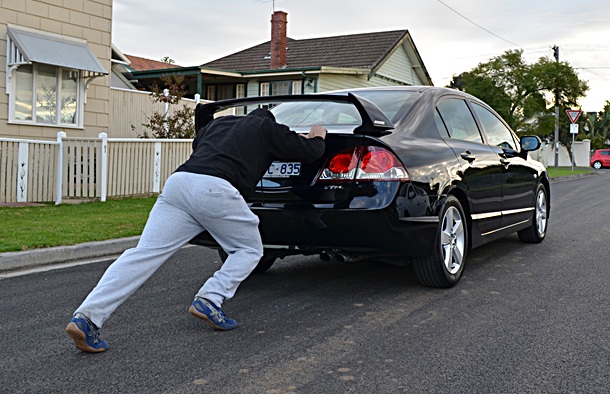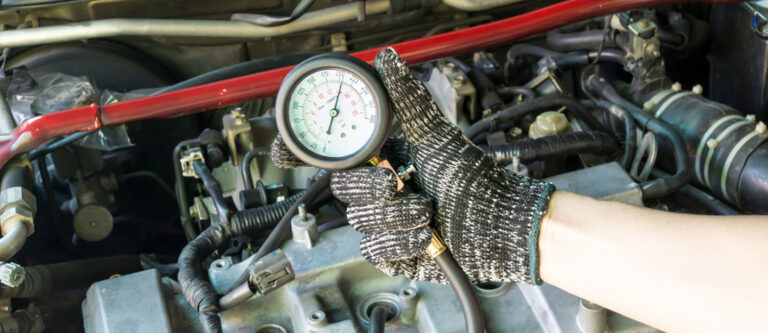Parking the car is one of the tasks that stresses driving learners the most, both when they are giving the mandatory practical lessons, and, above all, when they go to the exam to get their driving license and thus be able to drive legally on the streets and highways. throughout our country and others.
This nervousness in the practical driving test is something generalized, since this maneuver, apparently simple, is not so simple as it involves a series of movements that must also be carried out generally in a very limited space, as it is usual to find the place where you want to park, either in line or in battery.
Parking is a highly valued space, since it is quite scarce everywhere, and it could be said that even the smallest towns hardly escape this rule, since the car is a widespread means of transport. Hence, in the cities there are parking meters where a payment is paid for having the car parked for a limited time, or underground or surface car parks for which you pay to keep the vehicle there.
For this reason, the question is not only to park a car, but to do it in what are the usual conditions, that is, in narrow places, where our car is going to be embedded between two others that will greatly limit parking maneuvers.
So that you can overcome both the feeling of inability to park well ever, and so that you don’t give up many parking spaces as impossible because you think that you will not enter your car there under any circumstances without further consideration, we give you several tips so that you know how to park cars .
Know your car
Parking and unparking maneuvers are improved, like everything in life in general, with practice and experience, and obviously, this is required given the daily use of the car to travel to work, leisure and other transportation needs. Thus, after not much time we develop the minimum skill, in addition to that acquired in the driving school, to perform more or less with these operations.
But that is not an obstacle to continuing to park badly, or using too long a time, or what is worse, causing small damage to our vehicle or that of other drivers when trying to park in places where it is not really possible. To this we must add that nervousness or stress that in many motorists does not completely disappear when attacking the parking lot or leaving it.
A fundamental key is to know the dimensions of the car we are driving, not only in figures, but above all at a glance, because when we go to park, we only have a few minutes, and thus not try to park where the car does not fit, or do it in such a way that it is not well aligned and hinders the circulation of cars that may pass nearby, as occurs in so many urban streets, or that prevents, in turn, the cars that we have in front or behind or to the sides from leaving when they leave the parking area.
Online parking
When you leave the car parked in a row, leaving the vehicle is much more comfortable than in battery, because you can open the doors on both sides and you need it, you have space to get out of the car, and you don’t run into objects or simply with the car next to us that is attached to ours, given the narrowness that has left us, for whatever reason, unless there are elements of city furniture such as litter bins or bollards, or similar. Online parking also means there are no hits to nearby cars, and therefore not to your own.
To proceed to the car park, you must first locate the site with enough space for the size of your car. It is also important to calibrate the distance that we put ourselves with respect to the already parked cars and the curb, before beginning the parking maneuver, because if we place ourselves a few centimeters further apart or closer to them, we may end up parked twenty centimeters away. from the sidewalk or that we run into it, which in both cases will force us to make more turns until we find the most correct position of the vehicle in terms of leaving it next to the sidewalk.
To get you the right distance from the curb, you can use the rearview mirror, moving it a bit, either manually or with the electric adjuster, so it’s at the perfect angle to see the rear wheels and see if you’re done. about to touch the curb or you still have some space.
You can also take advantage of the fact that when you turn to get into the space where you are parking, your car will be reflected in the body of the car in front of you, so as to gauge the degree of approach to the curb and if you are very close, then start turning the steering wheel in the opposite direction and thus adjust the correct positioning of the vehicle.
To start parking, turn on the flashing light on the side of the curb where you are going to park, usually the right, and thus warn drivers who may be behind you and understand that they must overtake you or brake to slow down, and then pass you, while you park.
So, position your vehicle so that it is parallel to the car in front of the parking space, with our rear wheels even with that car’s rear bumper.
Now, turn the steering wheel to the right and drive in reverse, which will cause the car to curve to the right and back, so that when you enter the parking space, you can see the front of the car in the left rear view mirror. of the vehicle that will be behind yours when it is parked. It will also serve as a reference to look and check that the right mirror is at the height of the rear bumper of the car that will be in front of you, while you are entering the place where you are parking.
At that moment, move the steering wheel to the left, always in reverse, in order to correctly position the car in the gap between the front and rear cars. If you stay too far from the curb or sidewalk, for these maneuvers, so that you go forward or backward, and so on the last maneuver backwards to leave the car in position, it is well aligned.
These maneuvers are for when you park on a two-way street and you are going to park on the right curb. If you are on a one-way street that allows parking on both sides of the street, and you find a place on the left sidewalk, all these maneuvers must be carried out in reverse of how they have been described above.
Line parking operations often seem more complicated than they are, because you have to do it backwards, and you also have to make turns with the steering wheel, which cause, and that’s what it’s all about, that the wheels, for example, turn in the opposite direction, although the car does do it in the expected direction. You have to get used to the fact that this is the way the car behaves when you are parking and to think according to the vehicle’s own movements, which will help us a lot to park with more precision and safety.
Battery parking in reverse
Parallel parking, perpendicular to the curb, with the cars parallel to each other, is initially easier than parking in a row, but they also have their obstacles for many drivers, especially when it comes to entering the gap while driving. behind, and do it in such a way that the car is centered in the occupied space, and thus be able to leave it comfortably enough to open the doors without difficulty.
Battery parking can be with the spaces and the lines that delimit them on the asphalt forming a right angle with the sidewalk, or at an angle, thus forming a 45 degree angle with the curb, which makes parking even easier the car in this position.
First of all, turn on the flashing light on your right, to signal to other vehicles and people nearby that you are going to park. To do it in reverse, place your vehicle with your rear bumper at the height of the left headlight of the vehicle that, once parked, will be on your right.
Now, turn the wheel all the way to your right as you pull backwards, and as the wheels twist to your right, your car will curve backwards as it fully enters your chosen gap. When you are in the middle of the space where you are going to leave the vehicle, turn the steering wheel in the opposite direction, to the left, so that you can -always moving backwards- not close the curve too much until you touch the car on your right, and that way you’ll center yours in the parking lot.
Parking in front battery
To park in the battery but entering from the front, so that we leave the nose of our car stuck next to the curb, we simply have to approach the chosen space, which we will have in front of us, and before entering it, turn the steering wheel a little to the left to open the entrance curve, and then, turning the steering wheel to the right and enter directly into the parking space.
Since parking is something that will improve with practice, as long as bad habits are not acquired or it is done carelessly and in any case, it is not a bad idea to carry out practice parking spaces in the vicinity of our house, without haste and without pressure to do what closer to a place we are going to, and execute these various parking and unparking maneuvers in all their variants, and thus we will be able to do it with ease and comfort.
For example, in addition to parking, there is the question, especially when doing it in battery, that there are no other parked vehicles that serve as a reference. So the right thing to do is to park thinking that our car will be the reference for the next one that appears with that intention of parking. To do this, in a battery it is best to park our car at the beginning or end of the line of battery parking lots.


